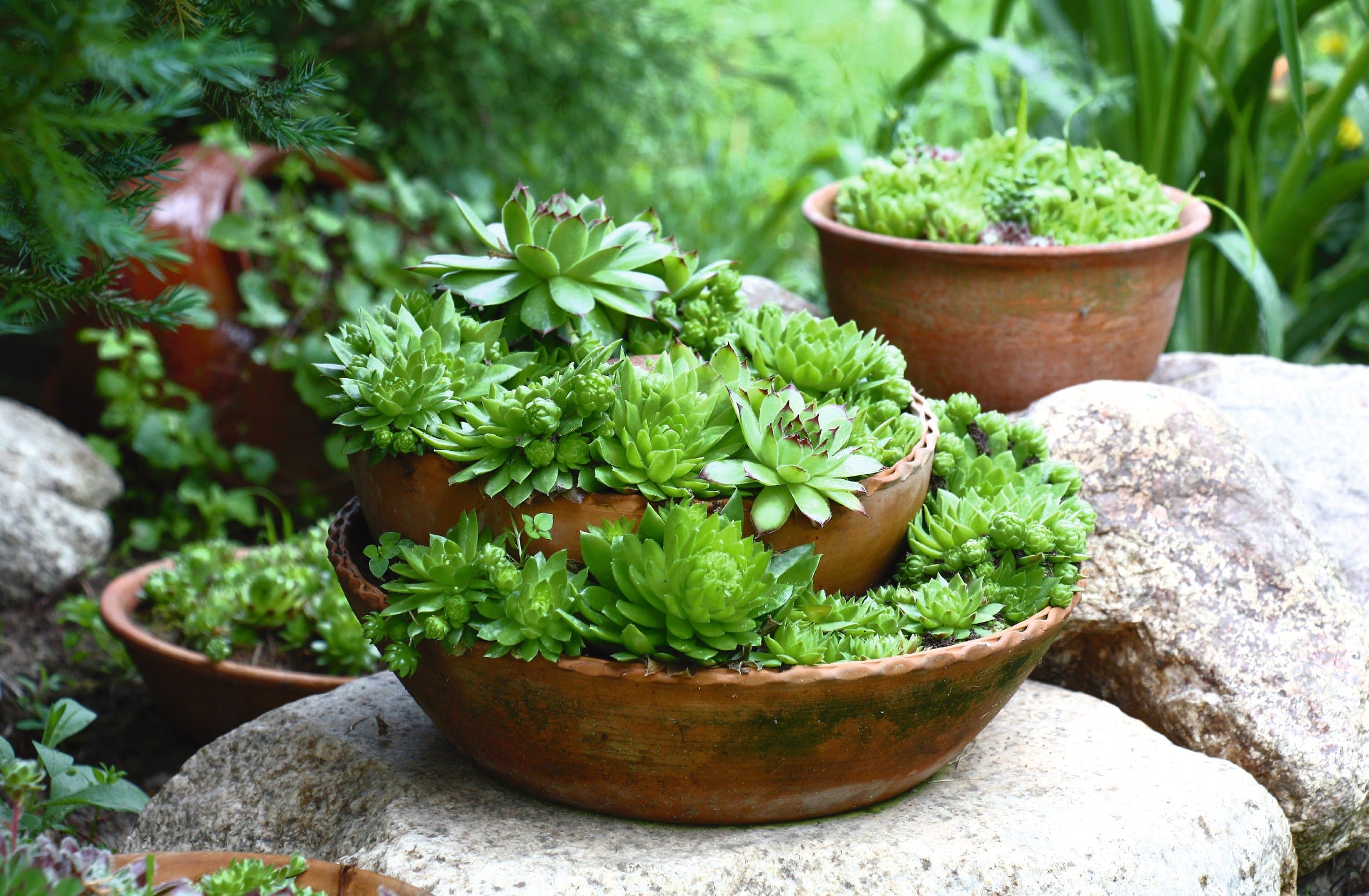| Zone | 4 |
|---|---|
| Maturity | Perennial |
| Germination (days) | 14-21 |
| Seedling temperature (°C) | 18-20 |
| Height (cm) | 13 |
| Spreading (cm) | 12.5-25 |
| Colour | Mixed colours |
| Formulation | Primed seed |
Hens and Chicks Hippie Chicks
Hens and Chicks Hippie Chicks
7.09$
In stock
Hens and Chicks Hippie Chicks has been added to cart
Buy 3 and get a 10% discount
Recommendations :
Indoor sowing : It is suggested to sow 12 weeks before planting outside. (*) Outdoor: Direct planting can be done from July to August.
(*) From 7 to 10 days after the date of the last ground frost.
An attractive structural plant for rock gardens, containers or for green roofs and can be used as a houseplant. Here is a beautiful mix of a variety of colors and sizes, succulent rosettes are resistant to our winters. The seed is pre-germinated which is used to break dormancy and ensure the seed is optimally germinating.
Cultivation mode
Plantation : Indoor: It is suggested to sow 12 weeks before planting outside. It is advisable to sow 3–5 seeds directly in the final pot. Cover seed lightly after sowing. Maintain seedlings at a temperature 18-20 ° C. Germination takes between 14 and 21 days. Outdoor: Direct planting can be done from July to August. Flowering will take place in the second year.
Soil : Indoor: Well-drained, porous seedlings soil to prevent overwatering. Outdoor: Well-drained, average to rich soil.
Culturals practices : Sempervivum literally means "live forever" because they grow and propagate so readily. These succulents are called by many names (semps, hens and chicks, houseleeks), but whatever you call them, they are amazing plants.Hens and chicks are pleasant and easy to grow. Sempervivum like cool nights and need a cold-dormant season to be healthy. They prefer growing zones 4-8. In colder areas it may be beneficial to move the plants into a greenhouse or cover them during severe winter weather.The ideal soil must be sandy, with an excellent drainage. Good drainage is the most important requirement for Sempervivum. Plant them in sandy soil or add compost, potting soil, gravel, or vermiculite to the ground to help with drainage. Hens and chicks survive in soil where other plants cannot grow. They do great with little soil, even in gravel and cracks in rock walls, however, accumulated water will kill the plants. Ideally, the soil pH level should be neutral, between 6.6 and 7.5.Low, Drought Tolerant Immediately after transplanting, water generously. After that let, the soil dries out between watering. These succulent plants are drought resistant since they store water in their leaves, but they still need water to thrive. During the summer heat, they will need to be watered more frequently. Do not over water. If you see your plants begin to struggle, make sure the soil drainage is good and cut back on the watering.The produce numerous offspring, thus allowing them to "live forever." The quantity and speed at which babies are produced depend on the variety. Sempervivum can be divided anytime during the spring/summer growing season. The baby chicks can be replanted elsewhere or left to grow around the mother hen. These grow babies on runners. Just pull off the chicks and plant elsewhere. It is best to remove the babies when the runner has begun to wither. Offsets root quickly and contact with soil is enough for them to start growing. Growing from the offsets preserves the characteristics of each cultivar. Seeds taken from the Sempervivum flowers generally produce plants that are untrue to type.Once a hen plant produces a chick, that chick will begin producing its own babies after only 1 season. Sempervivum plants generally only live for 3 years, so the plants have 2 productive years before they die. After 3 years and having produced many baby plants Sempervivum grows a tall center stalk that blooms before the plant dies. Cutting off the center stalk will not prevent the plant from dying.It is extremely fun to grow hens and chicks and watch them mature and produce offsets. Their colours change drastically throughout the season due to maturity, temperatures, sunlight exposure, and other factors. Be sure to give your plants enough space to spread. Ideally, they should have 4” for small plants and 6-8” for large varieties. Adequate space produces nicely formed rosettes.
| Latin name |
Sempervivum |
|---|---|
| Use |
rock gardens, containers, houseplant |
| Floraison |
August to October |
| Sowing calendar - Biennials and Perrennials flowers |

